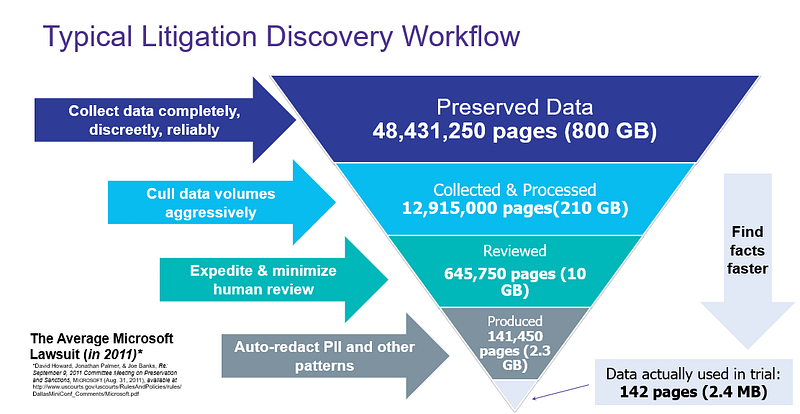74 - E-Discovery and Media Monitoring
Large scale content analysis for identifying, collecting and producing information to support investigations and understand the voice of the author.
Electronic Discovery and (Social) Media Monitoring are tasks for doing large scale content analysis.
Electronic Discovery is the task of identifying, collecting and producing electronically stored information (ESI) in (legal) investigations. Important aspects are the performance of the system regarding the volume, combining textual data with metadata, preserving and linking the original document and keeping your analysis up-to-date with the latest documents.

(Social) Media Monitoring is the task of analyzing social media, news media or any other content like posts, blogs, articles, whitepapers, comments and conversations. It can be used to improve (social) marketing, listening and engagement.
The goal is to understand the voice of the customer, which can be in any kind of setting like the customer of your brand, or the user of your forum, or your subscriber, etc. This is done by iterating through the cycle of listen — understand — engage. Listening is the part where metrics like tone, emotions, topics, brand attitude are interpreted. Parsing text to insightful metrics might be more interesting than just counting the number of followers, likes, shares, visitors and recommendations.
In practice, you often see sentiment analysis on twitter data. While brand and conversation audits and interpreting topics and patterns might be more interesting, they are also more complex.

This article is part of the project Periodic Table of NLP Tasks. Click to read more about the making of the Periodic Table and the project to systemize NLP tasks.